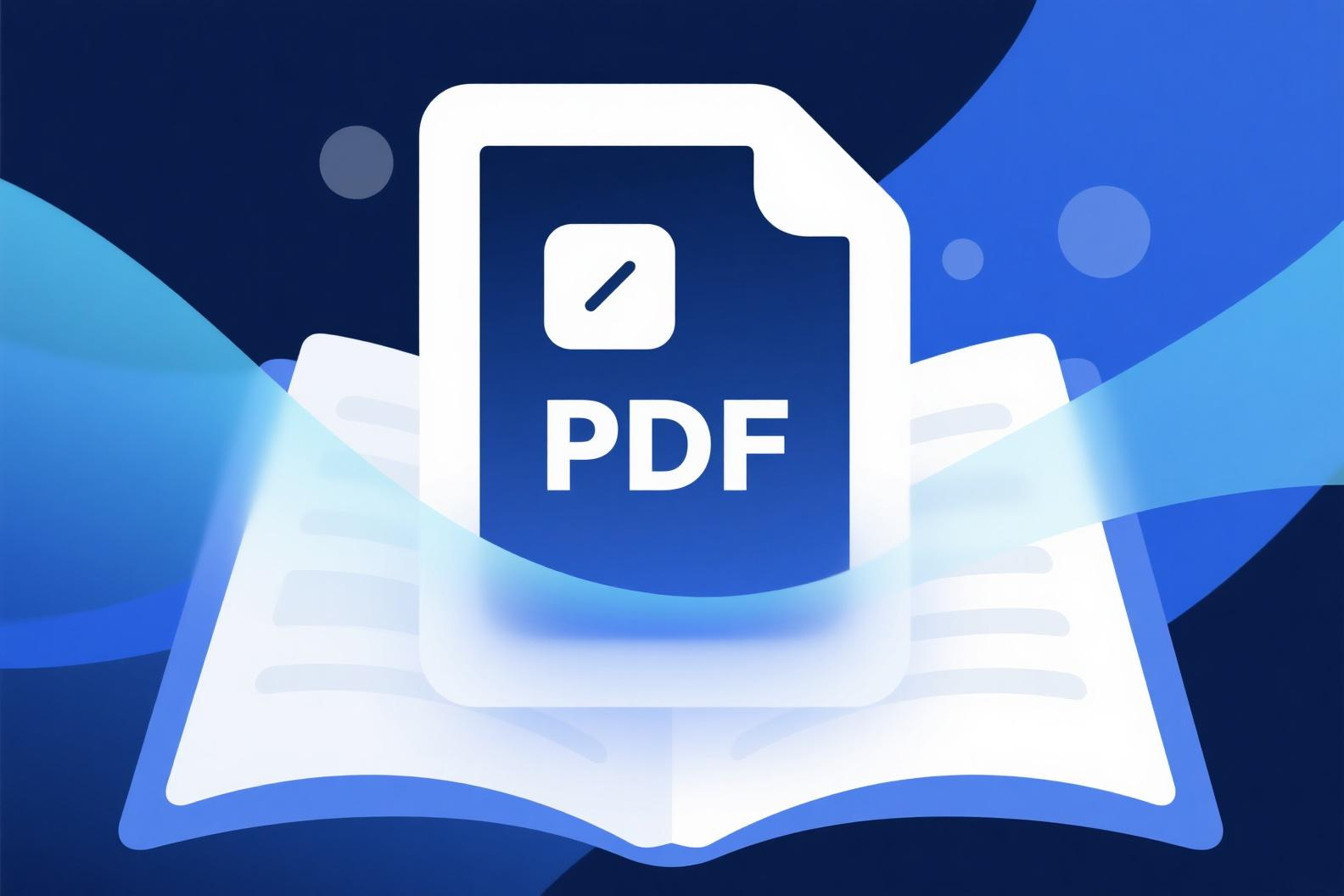1. Why Need to Compress PDF to Specific Size?
Common issues with large PDF files:
-
Cannot email (most limit attachments to 25MB)
-
Rejected by websites or systems
-
Wastes storage space
-
Slow to open and load
2. Free Methods to Compress PDF to Target Size
-
Online PDF Compression Tools
-
Using Adobe Acrobat Reader DC (Free Version)
-
Steps:
-
Open PDF file
-
Click "File"→"Save As Other"→"Reduced Size PDF"
-
Select compatibility version (newer versions usually smaller)
-
-
-
Microsoft Word Conversion Method
-
Best for text-heavy PDFs:
-
Open PDF in Word
-
Save as PDF will auto-optimize
-
-
-
Command Line Tools (For Tech Users)
-
Ghostscript command:
gs -sDEVICE=pdfwrite -dCompatibilityLevel=1.4 -dPDFSETTINGS=/ebook -dNOPAUSE -dQUIET -dBATCH -sOutputFile=output.pdf input.pdf
-
3. Optimization Tips by Content Type
-
PDFs with Many Images
-
Convert images to grayscale or reduce resolution
-
Use JPEG instead of PNG
-
Try PDFSail's image optimization options
-
-
Text-Based PDFs
-
Remove embedded fonts
-
Use standard PDF fonts
-
Clean hidden metadata
-
-
Scanned PDFs
-
Use OCR then regenerate
-
Adjust scan DPI (300DPI enough for normal reading)
-
4. Troubleshooting Common Issues
-
Poor Quality After Compression
-
Try incremental compression rather than one big compression
-
Use PDFSail's "Smart Compression" mode
-
-
Cannot Reach Target Size
-
Consider splitting PDF into multiple files
-
Remove unnecessary pages or content
-
-
Format Issues After Compression
-
Check if font embedding is preserved
-
Compare different tools
-
-
Secured PDF Cannot Compress
-
Need password removal first (legally)
-
Use professional decryption tools
-
5. Advanced Techniques: Precise Size Control
-
Binary Search Method
-
First try 50% compression, observe file size
-
Adjust ratio based on result
-
-
Selective Compression
-
Only compress image-heavy pages
-
Use PDF editor to process large elements separately
-
-
Post-Optimization
-
Use PDFSail's "Advanced Compression" options
-
Adjust image quality slider until reach target size
-


